
Given the relentless power art has to mold our conversations, our norms, our lives, and our realities it is crucial that we begin to nurture and cultivate a feminine way of seeing, being in, and experiencing this world. I’ll be using the word “feminine” a lot throughout this blogpost, and by that word I mean this: a different way of being, doing, seeing, consuming, and creating that is antithetical to the dominant force of the (often white cis heterosexual) male. To the reader that contrary view might be more rounded as opposed to sharp, more compassionate as opposed to judgmental, more equitable as opposed to oppressive, more natural as opposed to synthetic…
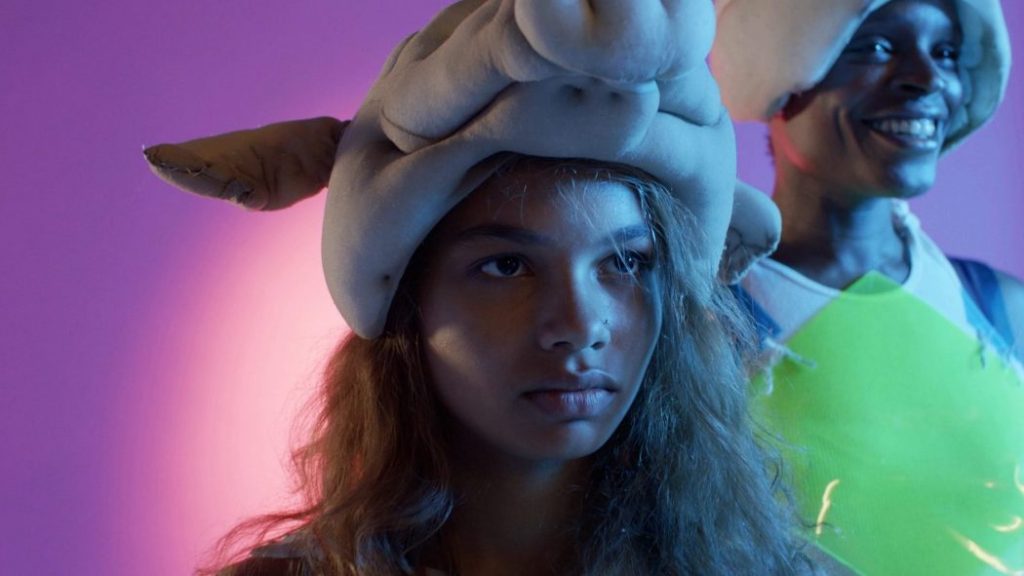
Now, the above paragraph is where my impulses lie, but I wonder if that’s the right approach. I also want to call into question the utility of dismantling this preexisting view entirely, and mounting of it’s opposite. Is that tactful? Is that necessary? Does that propagate the gender binary?
One could argue that “The Male-Gaze”, as coined by Feminist Film Theorist, and Sociologist, Laura Mulvey, has become the official language of cinema, so if not that… what?
A lil history on the Male Gaze…
“it is said that analyzing pleasure, or beauty, destroys it,” – Laura Mulvey
So if you took a Film Analysis course in college, and you were lucky enough to have a professor who devoted at least one week of the syllabus to female filmmakers you probably read Laura Mulvey’s Visual Pleasure and Narrative Cinema which I’ve linked here, but if you don’t have a year to get brushed up on your Freud and Lacan, let me expand on it a little below…
Narratively: In everything, from films to opera to pop songs to visual art, women’s suffering, objectification, oppression, bullying, and assault, have all been methods for generating aesthetic pleasure. In the 70s + 80s Laura Mulvey and a bunch of other feminist theorists showed how artworks cut up, belittled, dehumanized, and often literally just murdered women characters.
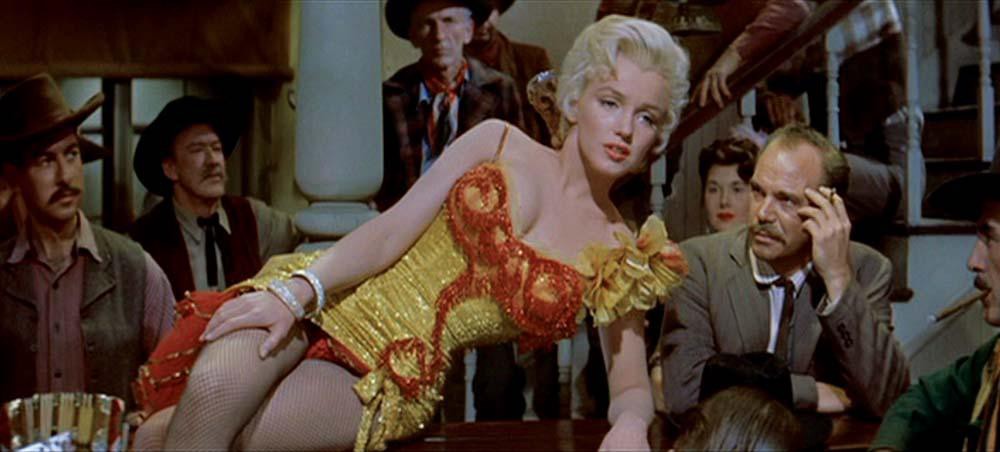
Structurally: Mulvey argues that the the pleasurable experience of cinema (and most narrative art, for that matter) is the act of losing ourselves in the film, or in identifying with the protagonist. However the severity at which we identify with the protagonist is exacerbated in the cinematic medium because the camera’s gaze (the framing) obscures the conditions of the film’s production (the fact that is a film), for readers coming from the world of theatre: the fourth wall!!
The camera’s gaze, or ability to frame, is unique to cinema as a medium and important to the point that I’ll be making about the integration of theatre + cinema (but more on that later, I’m getting too antsy!!)
With the fourth wall obscured, we adopt the camera’s gaze as our own, the camera’s gaze is really often the director’s gaze and directors of films have historically been… male (thus, “the male gaze”). And what does it see? What does the protagonist in (or the writer, the director of) the film enjoy? Whatever it is, whatever those desires are those are the desires the filmic medium asks us to take on. These are the vantage points in which the medium asks us, as film consumers, to identify with and these identities are overwhelmingly masculine, and I think what I mean by “masculine” in this context is “driven by the male ego.” (That’s where the Freud and Lacan come in!)
So!! Recap: This gaze is concocted by…
1.) The person behind the Camera
2.) The characters in the film
3.) The spectator (You + Me!)
So now we’re left with decades of cinema with an active male voyeur (subject), passive female (object).
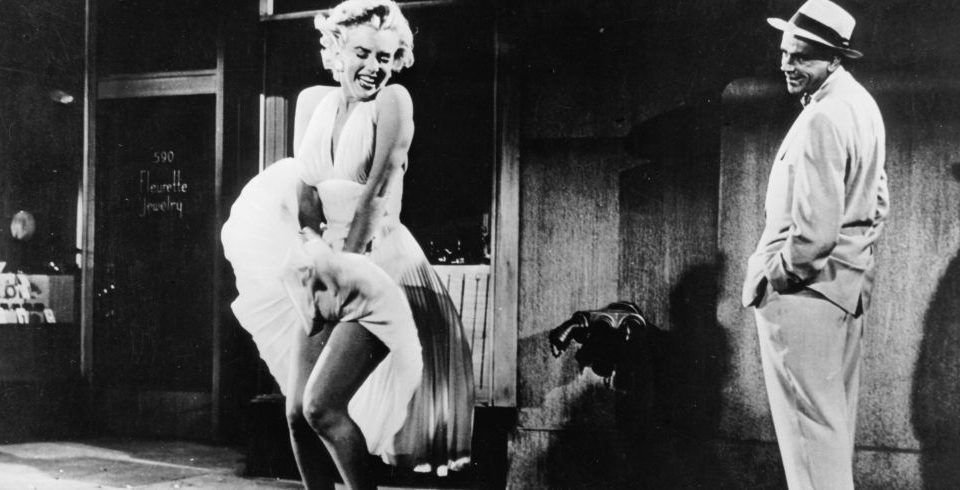
“Woman, then, stands in patriarchal culture as a signifier for the male other, bound by a symbolic order in which man can live out his fantasies and obsessions through linguistic command by imposing them on the silent image of a woman still tied to her place as the bearer of meaning, not maker of meaning.” – Laura Mulvey

So if not that… what??
So does this mean we adopt the female gaze? What does the female gaze mean? Is it simply the reverse or a lil more complex? Does it exist? Can it exist? Can it rectify its existence despite a century of cinematic male-gazey monopoly that colonized the medium from the start? Should it try? I think so! I don’t love the name as it recognizes a gender binary, but what I do like is what the concept represents:
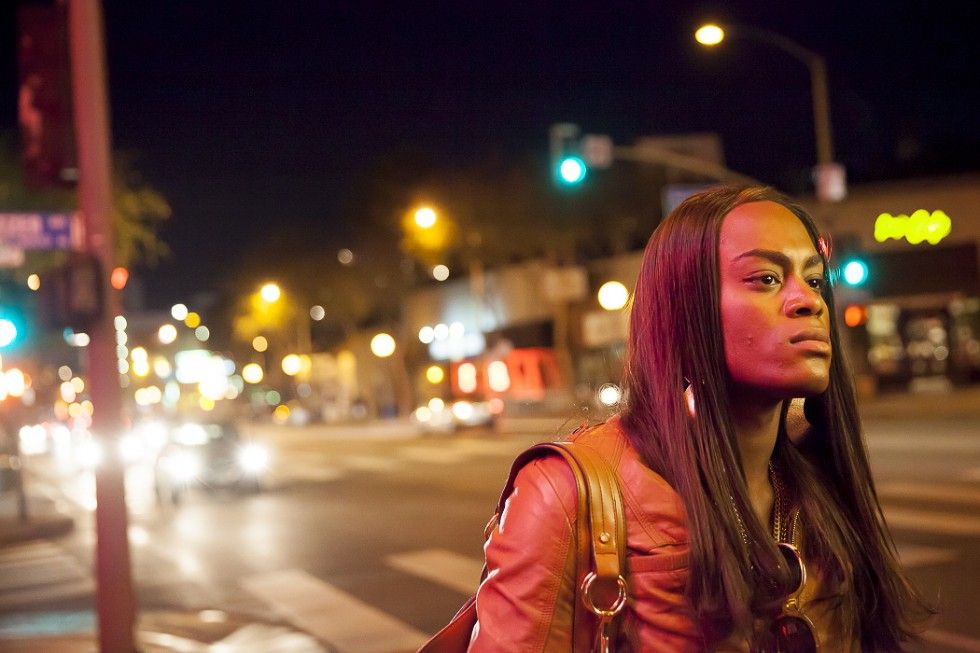
Jill Soloway, creator of I Love Dick and Transparent, claims to have coined the term, and describes the disparity between the male and female gaze as such: if the male gaze is all about what men see, then the female gaze is about making the audience feel what ALL PEOPLE see and experience.
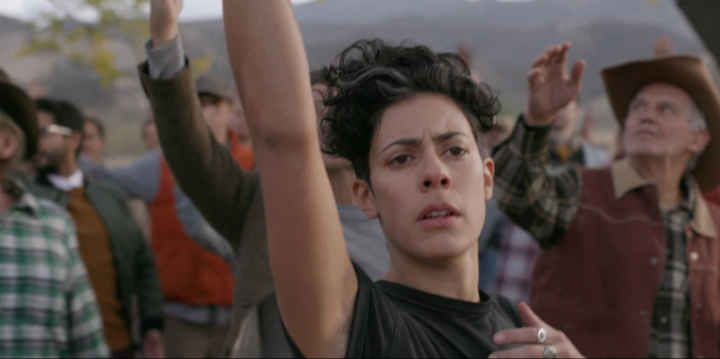
The emphasis is not on showing, but evoking (which, in my eyes, is just good cinematic story telling, and making good use of your medium, no?)
Ashley Conor, the DP of the film The Miseducation of Cameron Post sums this notion up quite nicely,
“The ‘male’ gaze seeks to devour and control, and the ‘female’ gaze is more a frame of mind, where approach to subject and material is more emotional and respectful … I try to approach shooting with a particular sensitivity, an openness to experimentation and a penchant for failure. I want the image to come alive and I think perfection is boring.”
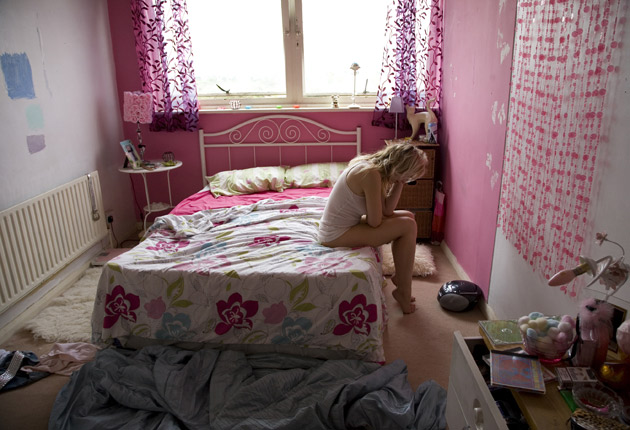
Where the dismantling of the Male-Gaze fits into the integration of Cinema and Live Performance:
I’m an artist who specializes in integrating cinema into live performance, which is a fancy way of saying I make movies that I put into plays, concerts, and dance events. (I’ve worked hard at this bumper sticker explanation for confused relatives at family gatherings, Uber Drivers, and Hinge Dates)
Visual reference below.
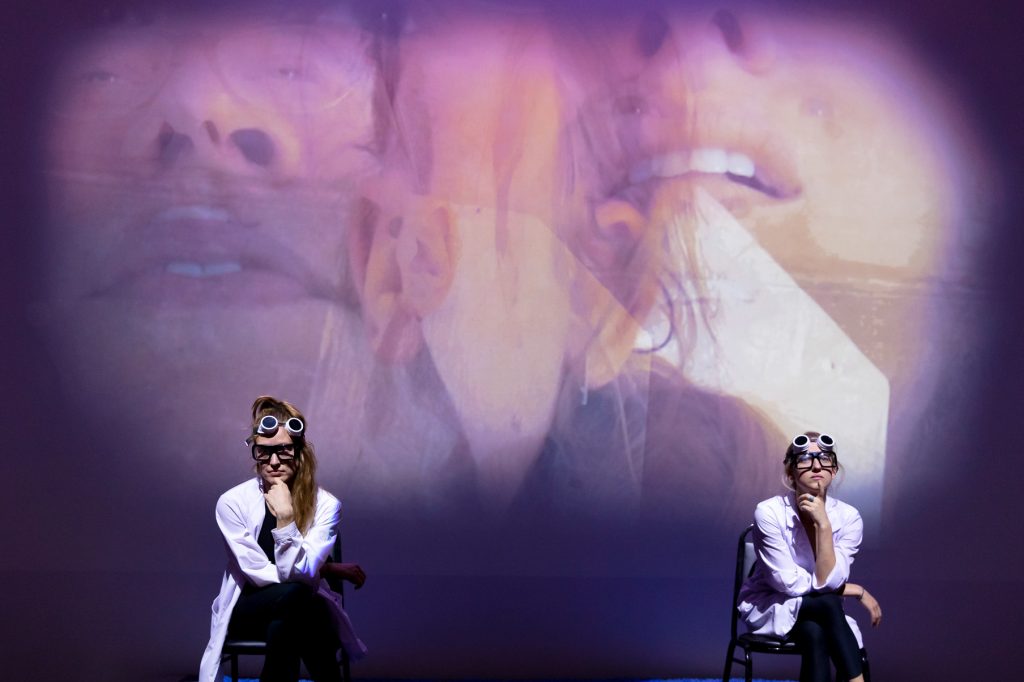
As an artist who straddles these mediums (with multiple appendages!), and who is doing so in the face of the inexorable rise of video content permeating the ancient art form of theatre (and when I say theatre I mean theatre as all live performance, encompassing dance and music), I think it is important for theatre artists to think objectively about how we’re using the cinematic medium, and to harvest an awareness of the unique power this medium has to shape, perpetuate, and in some cases (I wholeheartedly believe) create some of our world views in regards to class, race, and gender. When a new medium arises, like this developing hybrid of cinema and live performance, we must do our best to harvest it thoughtfully, so as to not repeat the mistakes of the mediums that inspired it’s inception. We must cultivate a gaze that is forgiving, empathetic, honest, and not attached to ego, no matter the gender.
